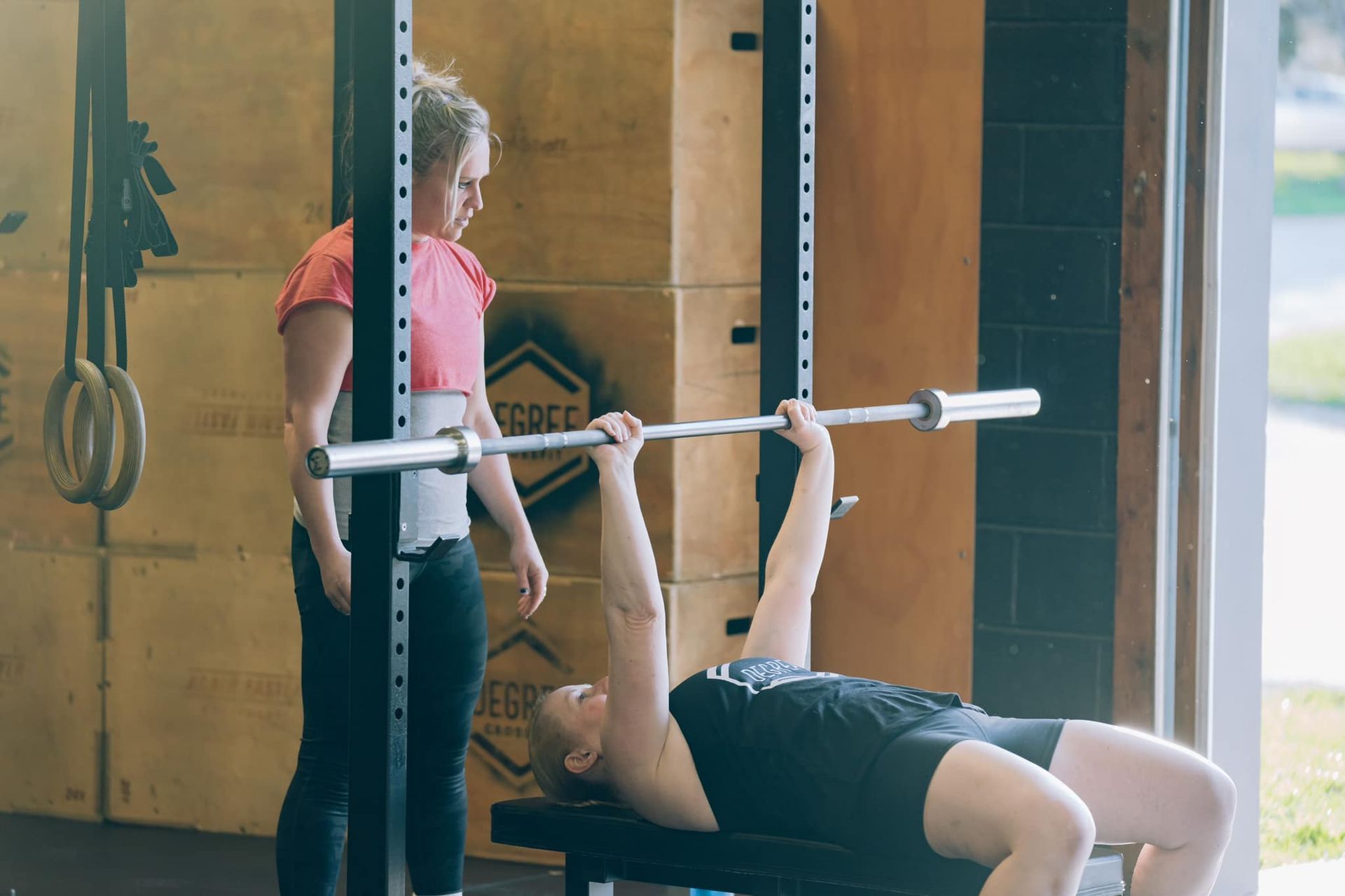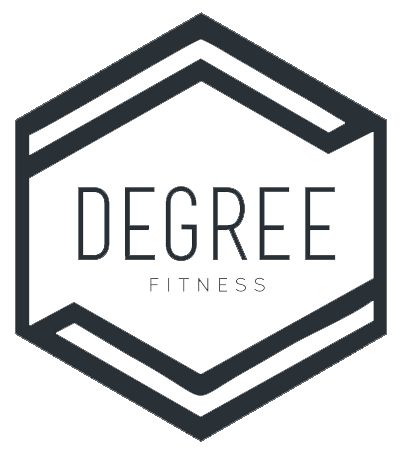Mustering Up Courage to Get Started
Written By: Jackie, General ManagerMustering up the courage to get started at something new can be a scary thing for many. Let’s take going to the gym as an example, and this may sound all to familiar:
You just worked up the nerve to book an appointment at the gym to talk to someone about what it is that you may be looking for. You show up for that appointment and begin to dive a little deeper as to why it is that you want to start at a gym. You begin to realize, through conversation, that you want to feel better and you want to have more energy to play with your kids and keep up with others. If you lose weight, bonus, but that is not your main focus today. Ok, the first hard part is done!
You book an OnRamp session with your gym and you are paired up with a coach that will support you during these 6 sessions. The OnRamp session will allow you to learn about correct form, functional movements, how to safely use barbell techniques, and how to get the most out of your session. During these sessions, your coach will also get to know you and how you move. Bonus, because you really feel like you don’t know what you are doing! On to the next!
You have now completed the OnRamp program and are ready to hit the ground running with enthusiasm. You either choose to continue working 1:1 with your coach for PT sessions or you are ready to join in on group classes because that atmosphere is more your style. You have started to book your classes and you are ready to continue on your journey and your first session is tomorrow morning.
Insert the nervousness, anxiety, excuses, whatever you want to call it about attending your first class post OnRamp. You end up canceling tomorrow’s class and tell yourself that you will go the next day. You just need one more day to get going!
What happens between the OnRamp and getting into your first class is no different then when you gathered up the courage to book that initial appointment! All those feelings are starting to flood back and you are having a hard time mustering up the courage to show up!
Remember, the hardest part is actually showing up!
Here are some ideas you can use to overcome some of the feelings so you can be successful in your first class:
Look over your workout before you go or have your coach send it to you if it helps.
Remember how difficult it was to start and that you actually did that already! You already started to show up for yourself! Be proud of that!
If you are doing 1:1 PT sessions, book a time where there will be less people until you feel more confident;
If you are attending group classes, know that your coach will walk you through each movement and give you plenty of options. Remember, every single person in the group class also started with the same feelings you currently have.
Do not be afraid to reach out to your coach if you have any questions at any time!
Sometimes we feel like we will be judged by others or have a fear of failing! Regardless of what it is, we have to be able to overcome this and step outside of our comfort zone. There will be some trial and error but eventually you will learn so much more about yourself in the long run.
Helping you approach some of these hesitations or fears is what we are here to help you through at Degree Fitness. Start by booking a No Sweat Intro information session where a coach will sit down with you to discuss your reasons for starting!
Helping you find a program that works best for you is what our trained coaches are here to help you with! Click HERE or email info@degreefitnessseaforth.com to get started!!
Embrace where you are today! It takes bravery to step forward and take control of your health!



